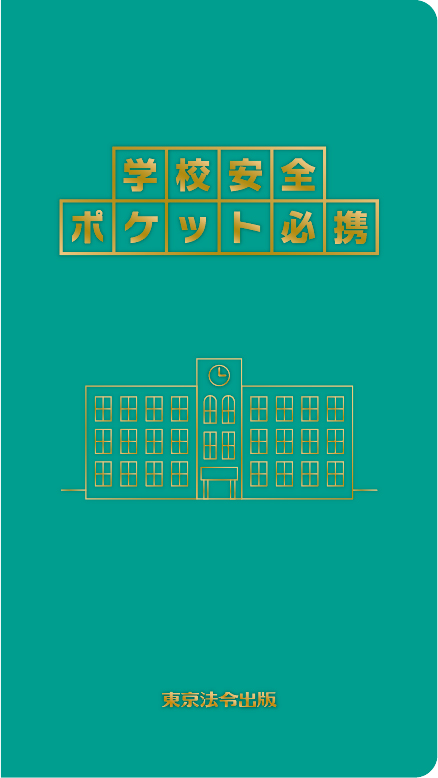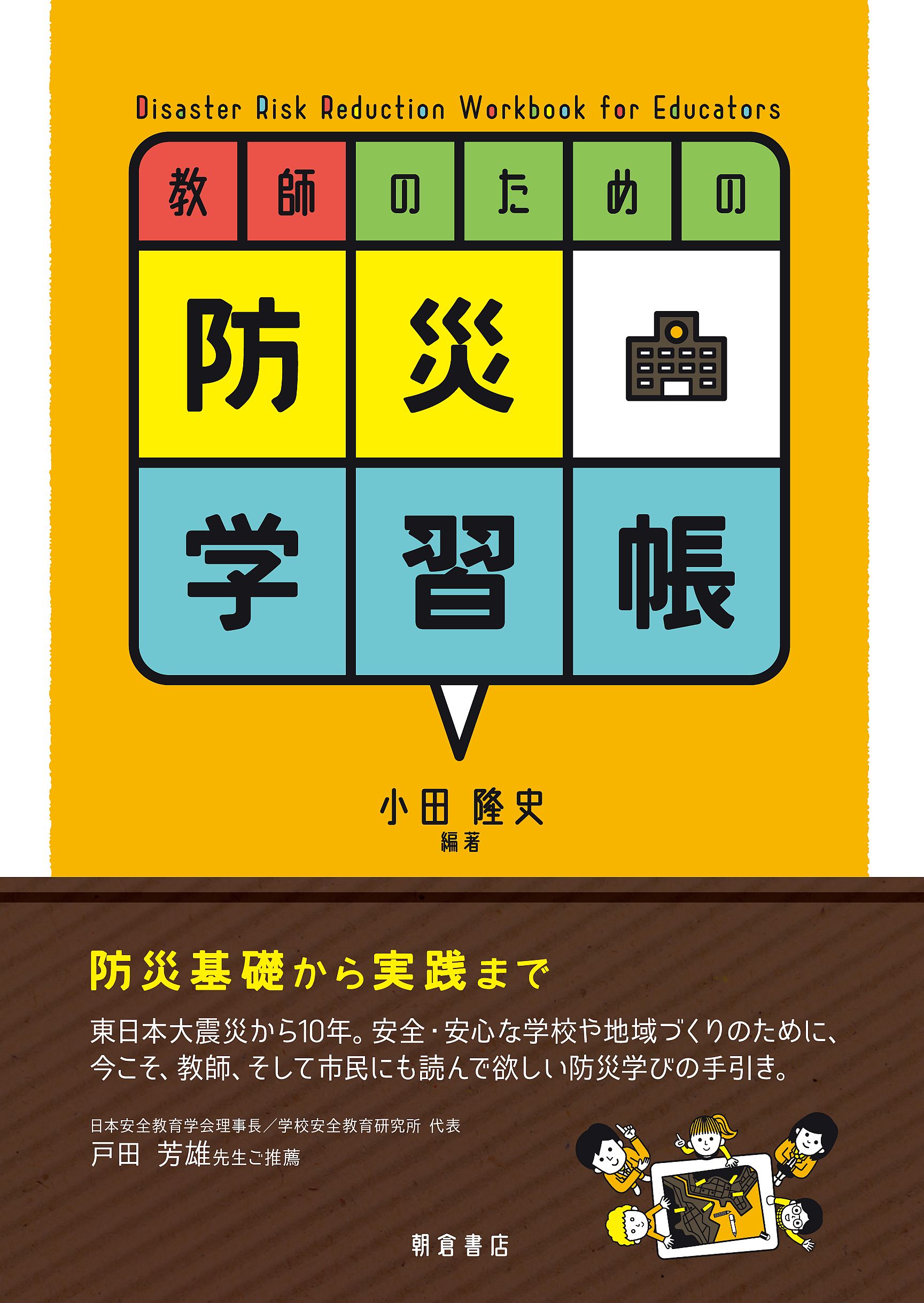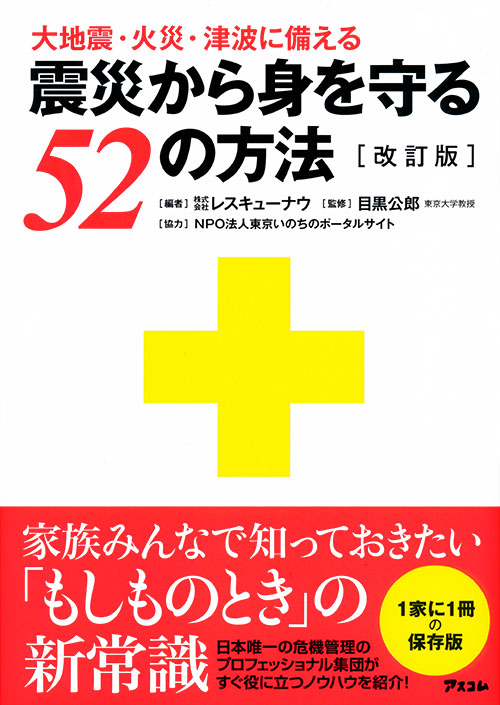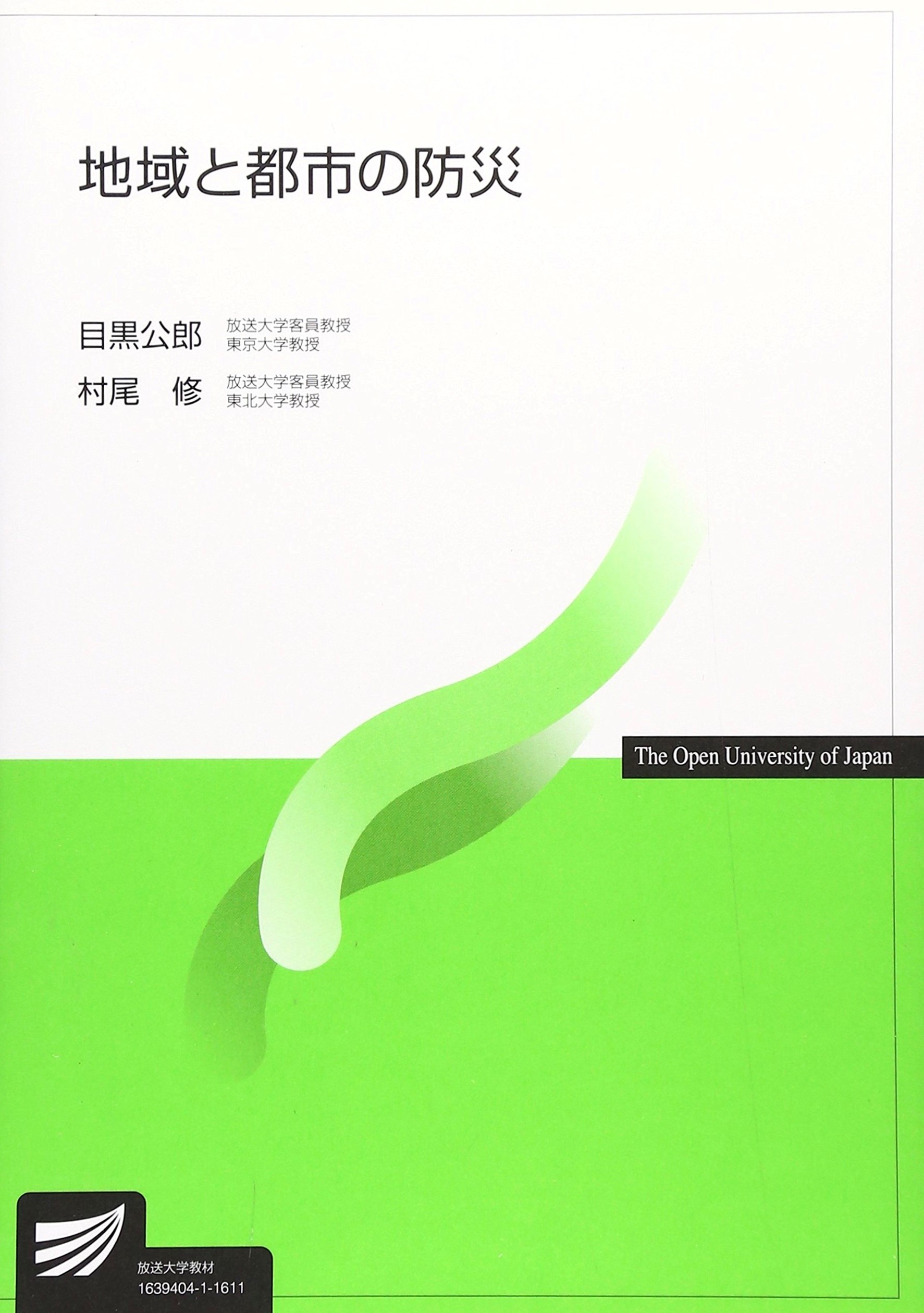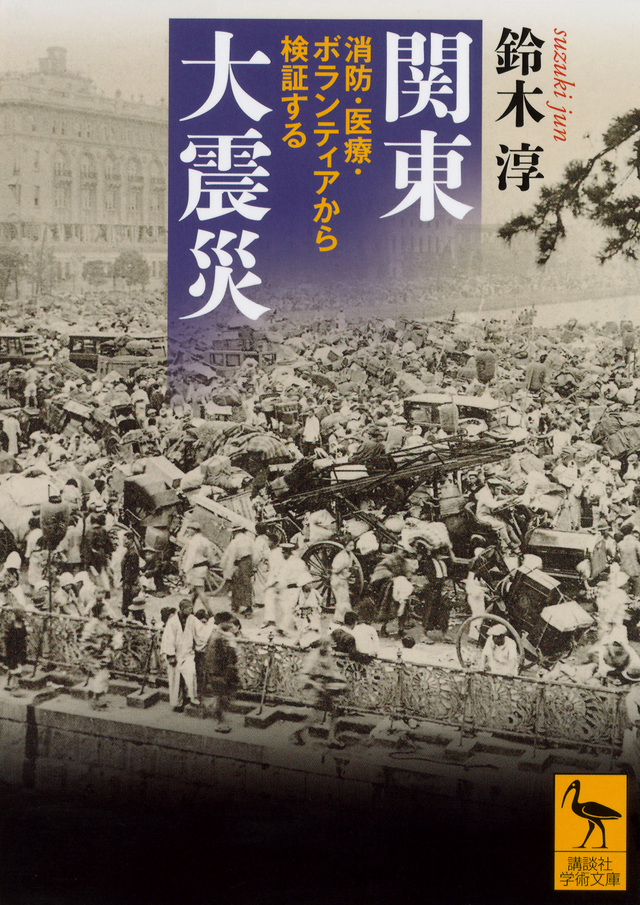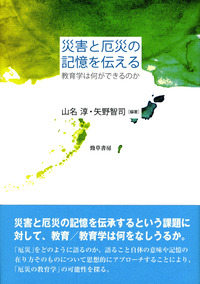
Title
Saigai to yakusai no kioku o tsutaeru (Passing the Memory of Disaster and Calamity: The Contribution of Pedagogy)
Size
352 pages, A5 format
Language
Japanese
Released
January, 2017
ISBN
978-4-326-25120-9
Published by
Keiso Shobo
Book Info
See Book Availability at Library
Japanese Page
As indicated by title, the book explores the potential role to be played by education and pedagogy with regard to the task of “communicating memories of disasters and calamities.” When thinking about what it means to “communicate memories of disasters and calamities,” no one would consider it enough to simply dispense as much information as possible regarding an event that causes substantial harm to individuals and society. If that were the case, surely, everyone would sense that something important was missing. The main focus, then, of this book is to explore what this “something important” is while considering the potential role to be played by education, whose primary mission is to transmit information and to communicate.
There is a reason why both “disasters” and “calamities” are used in the title. The main focuses of “disaster education” are pre-catastrophe (disaster resilience) education and post-catastrophe (disaster response) education. That said, the very term “catastrophe” indicates that there is an element of “powerlessness” beyond people’s ability to respond. The term “calamity” contains a certain sense of awe and acceptance of the massive power that exceeds human understanding. The wisdom and efforts to somehow co-exist with this “powerlessness,” in part, are related to education. In this book, the term “calamity” education is used to refer to this education.
The majority of authors included in the book are scholars of educational philosophy and educational anthropology, as well as experts who have been engaged in disaster and calamity education in schools or museums. The discussions compiled in this book deal with a wide range of topics including cosmopolitanism, pathos, sorrow, museums, disaster resilience education, testimonies, memories, remembering, and transmission. The examples considered also vary widely and include the Great East Japan Earthquake (2011), the Great Hanshin-Awaji Earthquake (1995), the atomic bombing of Hiroshima, and Minamata disease. Despite this diverse content, all of the authors’ contributions share the common theme of rethinking the nature of education through an examination of catastrophe.
At its essence, education is an endeavor whose goal is improvement. Accordingly, the destination towards which children are being led is “happiness,” “well-being,” “progress,” or the like. When they have a clear affirmative quality, such endeavors align well with the essence of education. What about when encouraging children to approach the theme of disasters or calamities? In some cases, disaster and calamity education unavoidably encompass elements such as “sadness” and “unhappiness” that are unrelated to “improvement.” Doing so means introducing the challenge of addressing themes that do not fit well with education’s “improvement-orientation,” keeping in mind that the essence of education is to promote children’s growth while also supervising them. How can these challenges be overcome? It is our hope that readers who pick up this book will join us in this discussion.
(Written by Jun Yamana, Professor, Graduate School of Education / 2018)



 Find a book
Find a book


 eBook
eBook